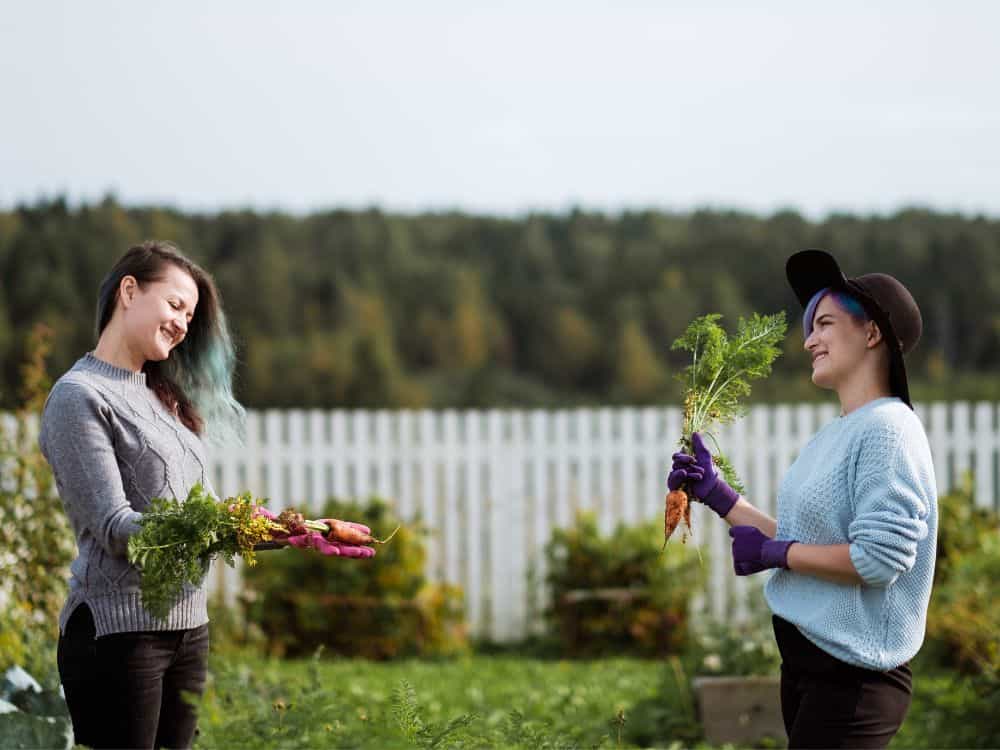In the journey of transforming a backyard into a homestead oasis, one of the most rewarding steps is introducing fruit trees. Not only do they provide fresh produce, but they also add beauty and biodiversity to your space. Starting with the right fruit trees for backyard homesteads is crucial for success. Whether you’re a seasoned gardener or a beginner, understanding which trees will thrive in your environment is essential.

Why Choose Fruit Trees for Your Homestead?
Planting fruit trees in your backyard offers numerous benefits, ranging from fresh produce to ecological advantages. These trees can provide shade, attract pollinators, and improve air quality. Moreover, they can significantly reduce your grocery bills.
Choosing the right fruit trees is paramount. Considering factors such as climate, soil type, and space will ensure a fruitful harvest. Let’s explore the best choices for backyard homesteads.
Best Fruit Trees for Different Climates
Adapting to your local climate is the first step in selecting fruit trees. Here’s a guide to help you choose the best fit:
- Apples: Suitable for cooler climates, apples are a staple in many homesteads.
- Pears: Like apples, pears thrive in temperate zones.
- Cherries: These trees do well in areas with cold winters.
- Citrus Trees: Ideal for warmer climates, these trees thrive in sunny regions.
Considerations for Planting Fruit Trees
Before planting, assess your space. Consider the mature size of the tree and ensure adequate sunlight and drainage. It’s also essential to think about cross-pollination requirements for certain species.
For optimal growth, regular maintenance such as pruning and pest management is necessary. Learn about pest management techniques to keep your trees healthy.
Soil Preparation and Planting Tips
Preparing the soil is an integral part of planting fruit trees. Conduct a soil test to determine its pH level and nutrient content. Most fruit trees prefer slightly acidic to neutral soil.
Incorporate organic matter such as compost to boost soil fertility. Mulching is another excellent technique to retain moisture and suppress weeds. Discover effective mulching techniques for your homestead.
Watering and Fertilization
Proper watering is critical, especially during the tree’s first few years. Ensure consistent moisture without waterlogging. Fertilization is also crucial for healthy growth. Choose a balanced fertilizer to meet the tree’s nutrient needs.
Pruning and Maintenance
Pruning promotes healthy growth and fruit production. Remove dead or diseased branches and shape the tree to allow sunlight penetration. Regular maintenance prevents issues such as pests and diseases.
Common Challenges and Solutions
Homesteaders often face challenges like pests, diseases, and weather conditions. Implementing integrated pest management techniques can help mitigate these issues. For more insights, explore erosion control strategies to protect your soil.
Choosing Disease-Resistant Varieties
Opt for disease-resistant varieties to reduce the risk of common ailments. Consult local nurseries for recommendations based on your region.
Protecting Trees from Wildlife
Wildlife can pose a threat to fruit trees. Utilize barriers or netting to protect your trees while ensuring they receive adequate light and air circulation.
Maximizing Your Harvest
To maximize your yield, consider companion planting. This method involves growing plants that benefit each other, improving growth and reducing pests.
Additionally, proper harvesting techniques ensure the best quality fruit. Harvest fruits at their peak ripeness for optimal flavor and nutrition.
Preserving and Storing Your Harvest
Preserving your harvest extends the enjoyment of your fruits. Methods such as canning, freezing, and drying are popular among homesteaders.
Proper storage is essential to maintain freshness. Store fruits in a cool, dark place to prolong their shelf life.
Conclusion
Planting fruit trees for backyard homesteads is a rewarding endeavor that offers numerous benefits. By selecting the right trees and implementing proper care techniques, you can enjoy fresh produce and enhance your homesteading experience. Embrace the journey and watch your homestead thrive.

Frequently Asked Questions
What are the best fruit trees for small backyards?
Dwarf varieties of apples, pears, and cherries are excellent choices for small spaces. They provide abundant fruit without taking up much room.
How long does it take for fruit trees to bear fruit?
Most fruit trees take 3-5 years to start bearing fruit. Patience and proper care are key to a fruitful harvest.
Do I need more than one tree for pollination?
Some fruit trees require cross-pollination to produce fruit. Ensure you have compatible varieties or self-pollinating trees to maximize yields.




